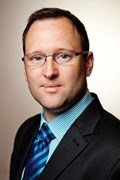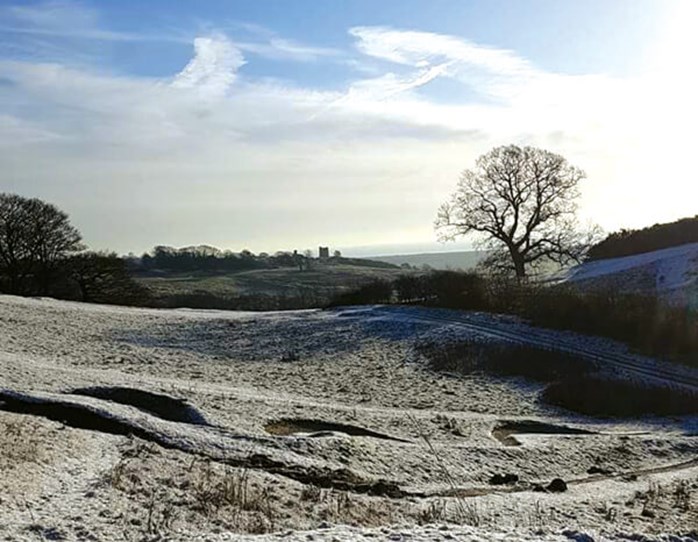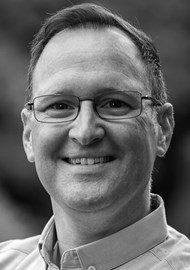
Gareth Smith,
Consultant Clinical Scientist (Audiology),
Southend University Hospital, UK.
E: Gareth.Smith@southend.nhs.uk
Twitter: @garethlsmith
In this edition, I’ve taken rather an editor’s privilege in exploring outside of our mainstays in audiology and widened the field to consider acoustics more widely than I might normally. For example, I’ve never really considered what fitting a hearing aid might be like on Mars, or if Vikings would complain of the terrible background noise in the feasting hall – but I have now! Equally, this editorial is a little more ‘off-the-wall’ and reflective than I might normally be on these pages.
I’ve visited a number of historical sites – when you have a nine-year-old into history, it comes with the territory – and often I have noticed the reverberation in the grand halls of a castle, caves and amphitheatres and wondered what it would sound like at the time, filled with the people and activities of its purpose. Writers often evoke emotion using the sounds in environments with talk of the roar of the Colosseum on festival days or the modern equivalence of the clamour of the fans at Twickenham (or Murrayfield) on match day. Professor Trevor Cox takes us through a journey of the importance of building sound.

My ‘mindfulness’ spot.
Acoustic ecology is not a phrase I was familiar with, and yet, the topic is literally all around us. Dr Aki Pasoulas introduces the science and art of acoustic ecology. Reading Aki’s article, I recognise I sometimes practise a variation of ‘sound walking’ or in my case ‘sound sitting’. When out on the dog walk, when the family are otherwise engaged, I sit on a bench overlooking the estuary, close my eyes and just listen. Listen to the environment. I’m sure we have all done this – or sometimes when I see people permanently ‘plugged’ into some device, I wonder if we have! I’ve always thought of it as ‘mindfulness’ but I have never considered using this as a technique to suggest for hearing aid users. To suggest they just sit, listen and note their environment; not speech but the sound of life around us. It’s a technique I will consider more in the future.
If a tree falls in the woods, does it make a sound? Well what if we popped that tree on the next NASA space mission and then pushed it over? Conventional wisdom would out that space is a vacuum therefore we can firmly answer this philosophical conundrum – but wait! Martin Archer has another position on sound and space that will have you questioning all that went before.
And finally, we are almost back to more familiar terra firma. Or maybe not! The final article in this section covers a novel approach to amplification – cartilage conduction. Hiroshi Hosoi discusses the method of sound delivery and proposes a range of future innovations using cartilage conduction.
Don’t forget, if you’ve reflected following reading these articles, pop over to twitter to share your musings!




